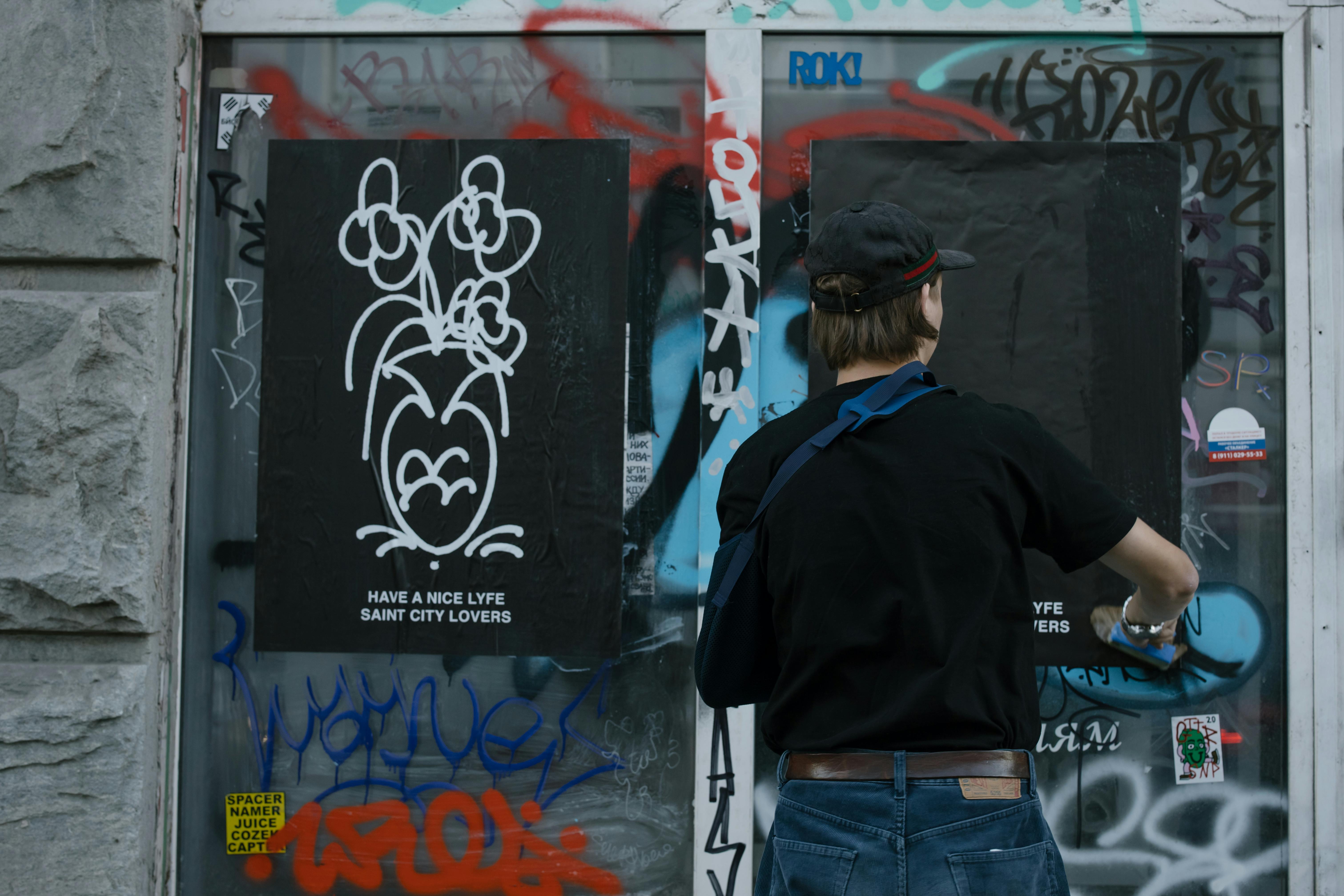From Motown to Woodstock, the 1960s proved to be a wide pendulum of musical tastes and talents.
As the 1950s ushered in the vast array of genres being offered to a diversifying nation, the United States of the 1960s took up the torch and continued its course.
Fresh off the press in 1960 was the formation of the Motown Record Corporation. This would be the ship that would launch the careers of numerous soul artists. Legendary talents like Smokey Robinson, Diana Ross, Stevie Wonder, and Michael Jackson started with Motown.
Folk rock is another genre that would be born from the 1960s. Folk rock realized its great rise and fall in the decade. Bob Dylan, Joni Mitchell, Peter, Paul & Mary, and The Grateful Dead are just a few of the folk rock singer-songwriters to come out of this era. The sound was a “more voice, less effects” style of music that incorporated narrative lyrics with rock overtones. Most popular in the mid-1960s and declining in popularity in the early to mid-1970s, many of the artists associated with this type of music were part of the “make love, not war” movement.
In 1964, the United States would experience the British invasion when a group of four ‘moptops’ from Liverpool, England, took the United States by storm. Before long, the Beatles were performing to sell crowds of screaming teenage women. I want to hold your hand it reached number one in the United States in February 1964. The group disbanded in 1970 and began successful solo careers. The Fab Four ventured into uncharted musical territory with each new album and implemented various genres in their unique sound style. They had a great impact on modern music and were also cultural innovators.
As drug use soared in the 1960s, new branches of rock & roll began to arrive on the scene. Acid, psychedelic rock grew out of a drug culture that would eventually lead to the heavy metal genre that would become so prominent in the next decade. The counterculture had begun and from that counterculture would occur the greatest musical phenomenon of the decade.
Woodstockit was basically a three-day music festival that took place in August 1969. It was said to be a gathering that celebrated the concept of love, peace and tranquility. It was actually an LSD festival that drew more than 400,000 hippies to a farm in upstate New York. Various musical genres were represented at the event, among them; folk rock, acid rock and even some Motown were included in the lineup. Amidst the impressive lineup of artists at the concert were: Jefferson Airplane, The Who, Janis Joplin, Arlo Guthrie, Sly & the Family Stone, and Creedence Clearwater Rival. Woodstock It is one of the pivotal events that changed the face of rock and roll and would, in part, be the catalyst to usher in the heavy metal sound of the 1970s.
Last but not least would be the bubblegum pop rock style that grew in popularity in the late 1960s. Bands like Tommy James and the Shondells, The Lemon Pipers, and Herman’s Hermits were hitting the charts. Teenagers across the country sang the lyrics to hits like, Hanky panky, Green tambourine, YDelicious, delicious, delicious.
Most of the emphasis had shifted to the younger generation that came out of the 1950s, where this trend had started to take effect. Teens were tuning in to the radio, buying records, and attending concerts more than any other age group, so they became the mainstream record companies catered to.
Although the older generation (and I use that term loosely to include everyone else outside of the teens and twenties age group) still found “their” music dominating the small screen with the popularity of variety shows. Greats like Dean Martin, Andy Williams, Dinah Shore, and Frank Sinatra were still high with the older crowd.
The 1960s turned out to be a cultural revolution and it was no more apparent than in the styles of music that emerged from this time. Sex, drugs and rock & roll replaced the now seemingly more innocent James Dean rebellion of the 1950s.
A violent and turbulent time in American history, but a time of self-expression and musical freedom gave way to a more accommodating philosophy that would be produced in the next decade. American music was now very global and artists from many other countries came to the United States to donate their talents to a nation that accepted all styles of music. It really was the dawn of the ‘Age of Aquarius’.




Recent Comments